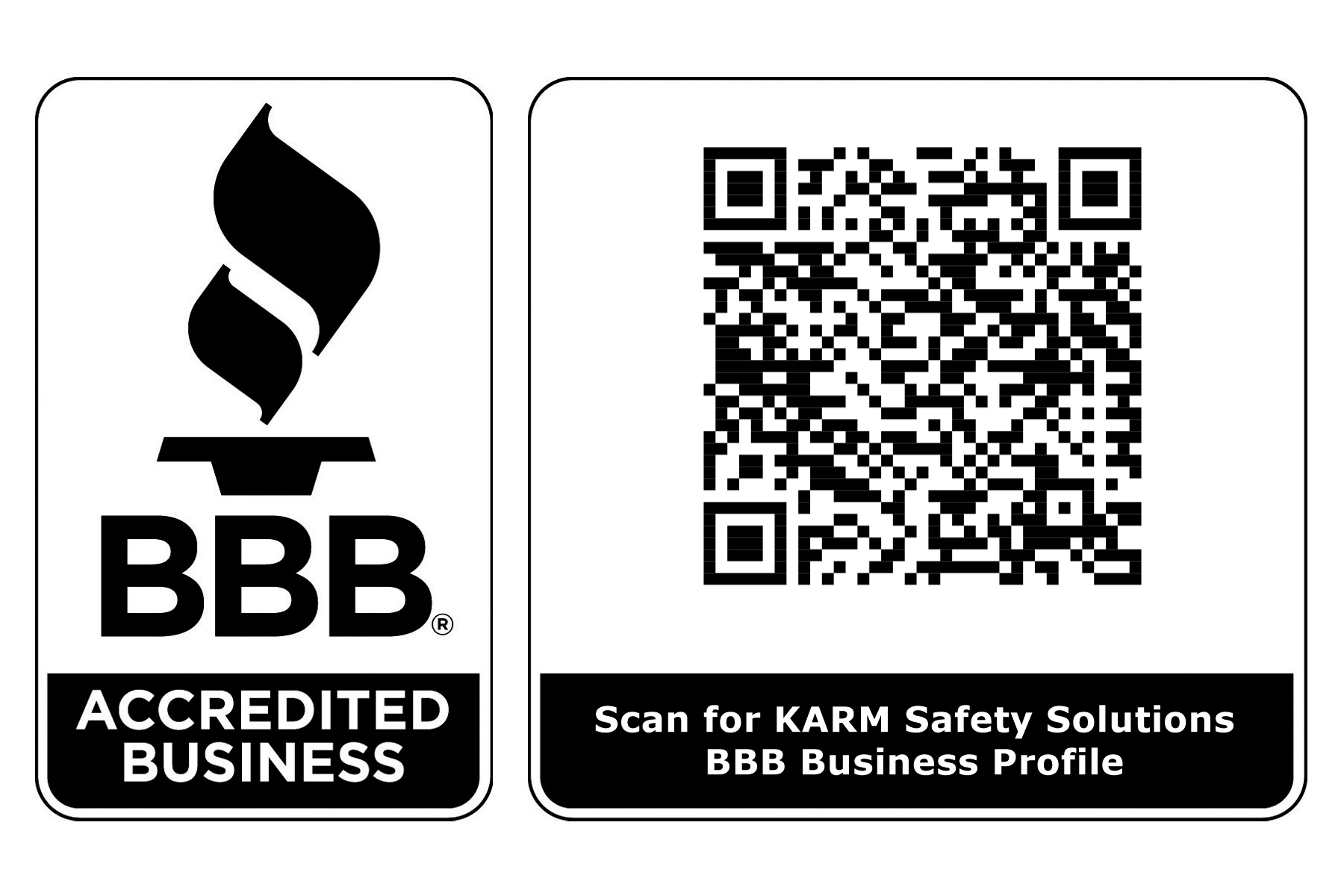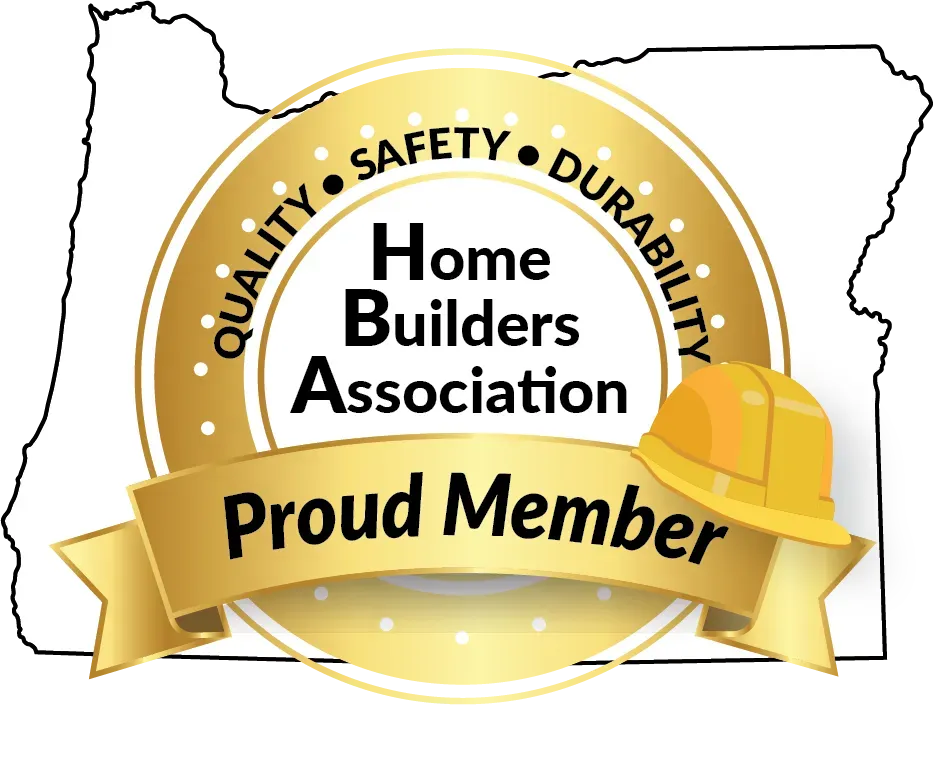Hard Hats
Hard Hat Replacement

Doing some research on our current model of hard hat, and it mentioned that the
shell lasts for 5 years, but the suspension is only a year.
I was wondering if you had any
experience with this.
I guess my question is: how seriously does OSHA take this?
I don’t
mind changing out suspensions on a yearly basis, but that seems unnecessarily frequent
to me.
I realize it is the manufacturer spec, so we want to use that for our standard, but I’m
guessing many companies aren’t tracking items such as this and their corresponding
expirations.
Or, leaving it up to employees to do the necessary tracking.
Answer:
Rule: 437-003-0134(2)(a)
Division 3, Subdivision E, Personal Protective & Life Saving
Equipment
(2) Equipment.
(a) Where employees provide their own protective equipment, the employer is responsible
to assure its adequacy, including proper maintenance, and sanitation of such equipment.
(b) All personal protective equipment must be provided, used, and maintained in a sanitary
and reliable condition.
(c) Defective or damaged personal protective equipment must not be used.
(d) Each employer must maintain a regular system of inspection and maintenance of
personal protective equipment furnished to workers.
It was added, when setting up a PPE inspection program, reviewing what the
manufacturer says is a good starting point, then build upon it. If you can show that you
have a good PPE inspection system in place that considers how the PPE is actually used
and what it has been exposed to, under certain situations you can go outside what the
manufacturer guidelines are and Oregon OSHA would not be able to allege a violation
simply because you exceeded the PPE manufacturer’s recommendation or written
limitations. However, you could still be cited if the hard hat or safety helmet is damaged
and does not provided the necessary protection even though it has not reached the
replacement cycle established by the manufacturer. From Oregon OSHA













